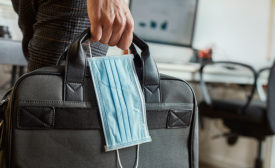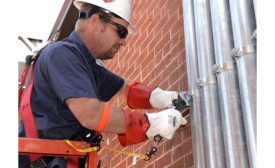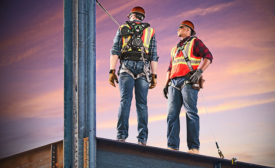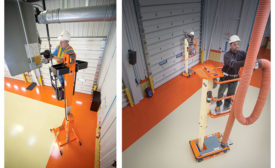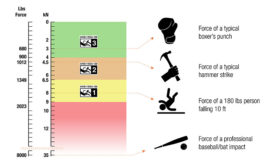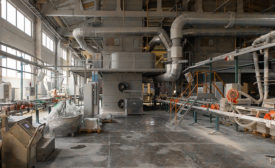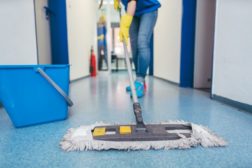Safeguard your employees
Workplace Training Strategies
What’s your strong point?
How to use an OSHA-compliant fall protection anchorage
July 14, 2020
Cleaning up during COVID-19: What you need to know about janitors' risk
Q&A with an expert as companies get back to business
June 25, 2020
Never miss the latest news and trends driving the safety industry
eNewsletter | Website | eMagazine
JOIN TODAYCopyright ©2024. All Rights Reserved BNP Media.
Design, CMS, Hosting & Web Development :: ePublishing

